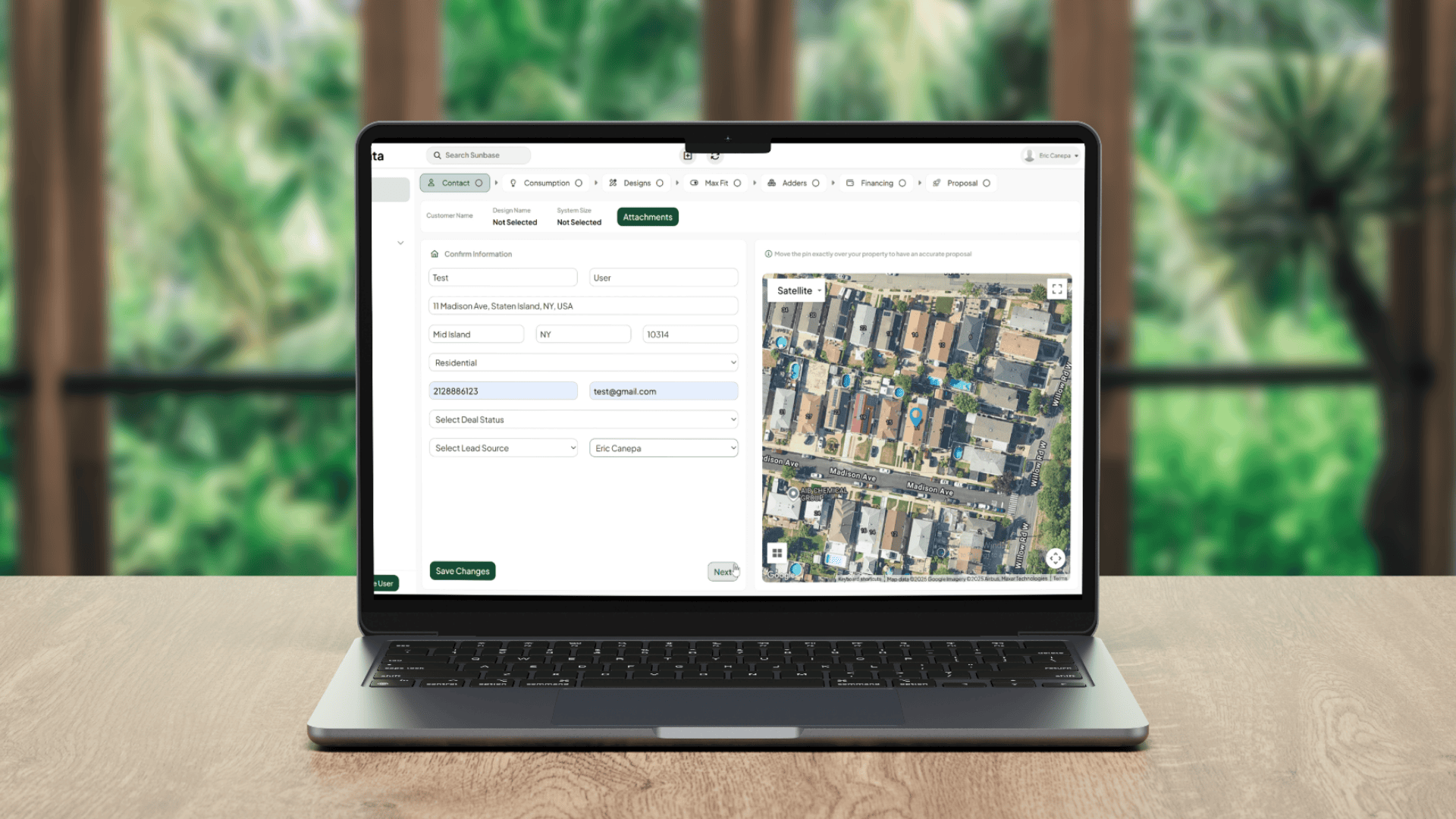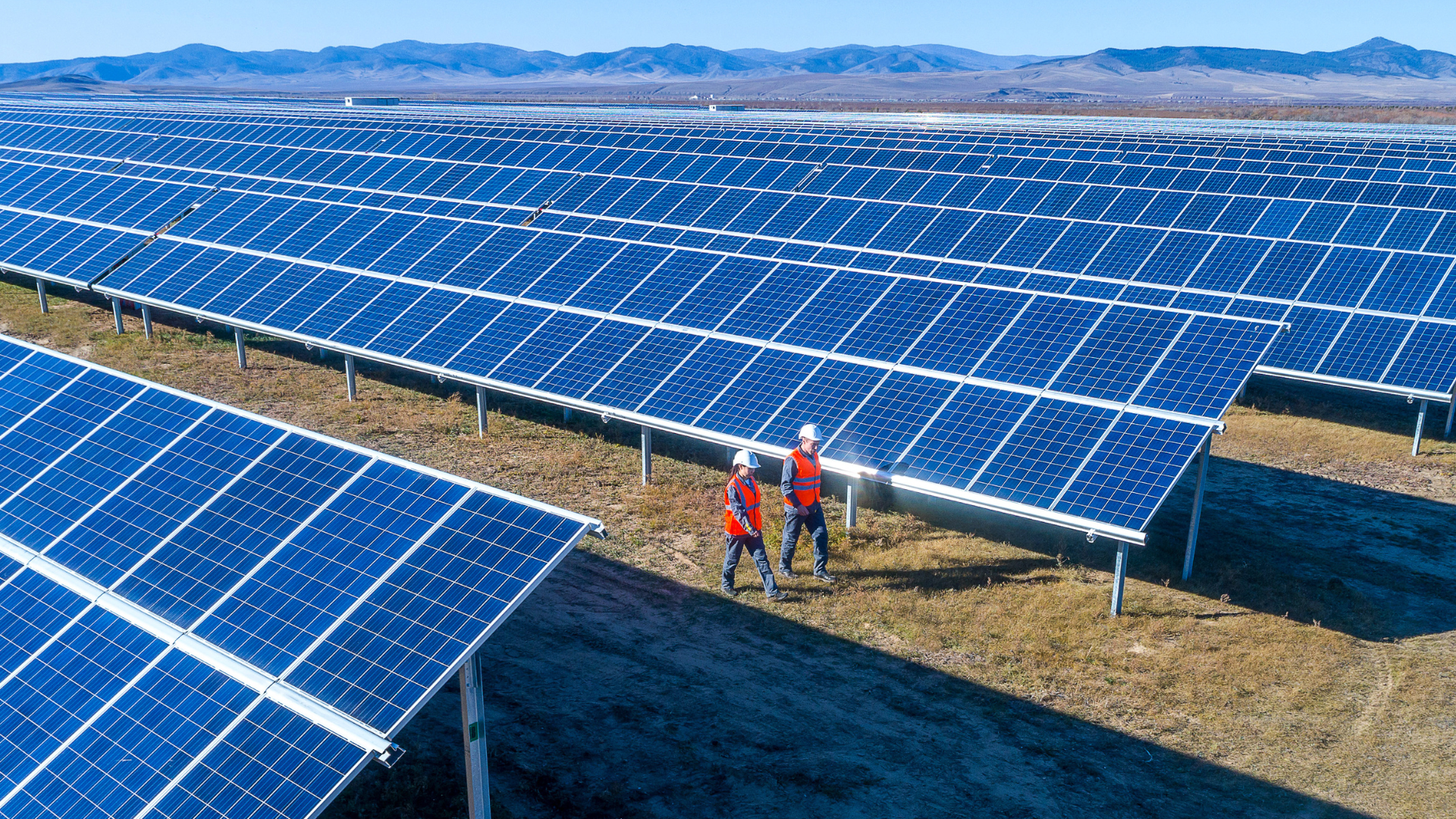July 18, 2023
Sales funnels are essential for any business that wants to convert leads into customers. A sales funnel is a visual representation of a customer's journey from the initial point of contact with your business to the point of conversion.
Tracking your sales funnel is crucial to understanding where your leads are dropping off, where they are getting stuck, and where you need to focus your efforts to improve your conversion rate. In this blog post, we will explore the concept of sales funnel tracking and how it can help your business optimize its marketing and sales processes for maximum profitability.
Understanding Sales Funnels
Sales funnels are an essential component of any successful sales process. A sales funnel represents a customer's journey from the initial point of contact with your business to the point of conversion. Each stage of the funnel represents a different level of customer engagement and interest in your product or service.
The stages of a typical sales funnel are as follows:
Awareness - This is the initial stage of the funnel where a customer becomes aware of your business and the products or services you offer.
Interest - In this stage, the customer has shown some interest in your business and is actively seeking more information about your products or services.
Consideration - The customer has now entered the consideration stage, where they are seriously considering your product or service as a solution to their problem.
Conversion - This is the final stage of the funnel where the customer has decided to make a purchase and become a customer.
Tracking each stage of the sales funnel is crucial to understanding how your customers interact with your business and where they drop off. By tracking sales funnel metrics such as conversion rates, lead quality, and time spent in each stage, you can identify areas where your sales process may need improvement.
For example, if you notice a high number of leads dropping off in the consideration stage, it may be an indication that your sales team needs to provide more information or incentives to help customers make a decision.
Benefits of effective sales funnel tracking
Now, let's explore the benefits of sales funnel tracking and how it can positively impact your sales performance.
Enhanced Visibility and Insights:
Conversion funnel analysis allows you to visualize sales funnels and track customers at each stage. This provides a clear understanding of where potential customers are dropping off and identifies areas for improvement in your sales cycle. By monitoring customer behavior, you can adapt your marketing efforts and sales strategies to align with the customer's buying process.
Optimizing Conversion Rates:
Tracking key metrics such as conversion rates is crucial for sales performance optimization. With sales funnel tracking, you can pinpoint bottlenecks and identify strategies to improve the funnel conversion rate. By optimizing each stage of the funnel, you can increase the likelihood of turning leads into paying customers.
Improving Customer Lifetime Value:
Understanding customer lifetime value (CLV) is essential for long-term success. Sales funnel tracking helps you identify the most valuable customers and focus your efforts on maximizing their potential. By nurturing relationships with these customers, you can boost customer retention and increase CLV.
Empowering Sales Reps:
Sales funnel tracking provides valuable data and insights to empower your sales reps. They can better understand the target audience, adapt their sales pitches, and tailor their strategies for each stage of the funnel. By leveraging these insights, your sales team can become more efficient and effective in closing deals.
Accurate Sales Forecasting:
Sales funnel tracking enables accurate sales forecasting, allowing you to set realistic goals and align resources accordingly. By analyzing important metrics, such as lead generation and funnel conversion rates, you can make data-driven decisions and optimize your sales pipeline.
Data-Driven Optimization:
Utilizing tools like Google Analytics, you can gather in-depth data about user behavior and analyze the effectiveness of your landing pages. By tracking metrics like funnel conversion rates, you can make data-driven decisions to enhance your marketing campaigns and maximize conversions.
Continual Improvement:
Sales funnel tracking facilitates iterative improvements. By monitoring the performance of each stage and experimenting with different strategies, you can continuously optimize your sales funnel. This helps you stay agile, adapt to market changes, and maximize your sales performance.
Analyzing Sales Funnel Data
Analyzing sales funnel data is a critical step in optimizing your sales process and improving your conversion rates. By interpreting data from each stage of the sales funnel, identifying bottlenecks and areas for improvement, and using data to optimize the sales funnel, you can increase your sales team's efficiency and effectiveness. In this section, we will explore the steps involved in analyzing sales funnel data.
Step 1:
To effectively analyze sales funnel data, it's crucial to determine which team members are responsible for each stage of the funnel. By assigning ownership of specific stages in the sales pipeline, businesses can track individual performance and identify areas where additional training or support may be necessary.
This can also help streamline communication and ensure a smooth hand-off process between team members, ultimately leading to more efficient and effective sales funnel management.
Step 2:
Collect data from each stage of the sales funnel Once you have identified which sales reps own which stages of the sales funnel, the next step is to collect data from each stage. This can include metrics such as conversion rates, average deal size, and time spent in each stage. By collecting data from each stage, you can gain a more holistic understanding of the entire sales funnel and identify areas where improvements can be made.
Step 3:
Interpret the data After collecting data from each stage of the sales funnel, the next step is to interpret the data. This involves analyzing the data to identify trends, patterns, and areas of concern or bottlenecks. For example, if you notice a high number of leads dropping off in the consideration stage, it may indicate that additional support or resources are needed for sales reps in that stage of the sales funnel.
Step 4:
Identify areas for improvement Based on the data and trends identified in Step 3, the next step is to identify areas for improvement. This can include changes to the sales process, additional training or support for sales reps, or changes to the marketing funnel to better align with the needs of your target audience. By identifying areas for improvement, you can make data-driven decisions that will help to optimize your entire sales funnel.
Step 5:
Use data to optimize the sales funnel and increase conversions The final step in analyzing sales funnel data is to use the insights gained to optimize the sales funnel and increase conversions. This can include changes to the sales process, such as introducing new sales collateral or adjusting the sales pitch, or changes to the marketing funnel to better align with the needs of your target audience.
These data will help you to optimize the entire sales funnel, you can increase your team's efficiency and effectiveness, ultimately leading to increased conversions and revenue.
Step 6:
Analyzing sales funnel data is a critical step in optimizing your sales process and increasing your conversion rates. By determining which sales reps own which sales funnel stages, collecting data from each stage of the sales funnel, interpreting the data, identifying areas for improvement, and using data to optimize the sales funnel, you can gain a deeper understanding of your sales process and make data-driven decisions that will help to improve the efficiency and effectiveness of your entire sales funnel.
Mastering Sales Funnel Tracking:
Now it's time to share effective strategies to implement sales funnel tracking and enhance your sales funnel performance.
Monitor Your Sales Funnel:
Think of your sales funnel as a roadmap that guides your customers from the awareness stage to becoming paying customers. At the top of the funnel, you attract potential customers through various channels like search engines or social media.
As they progress through the next stages, such as the interest and decision stages, your goal is to nurture and convert them into loyal paying customers. The customer's lifetime and experience throughout the user journey are crucial for sustained success.
Tracking Conversions:
To gauge the effectiveness of your sales funnel, it's vital to track conversions at each stage. By monitoring how many potential customers transition from one stage to the next, you can identify areas that need improvement. Tracking conversions can be done in a few different ways, but the key is to measure the number of individuals who take the desired actions, such as signing up or making a purchase.
Utilizing Landing Pages:
Landing pages and personal blogs play a significant role in the sales funnel. They act as dedicated pages designed to capture potential customers' attention and guide them to the next stage. Create engaging landing pages that resonate with your ideal customers and entice them to take action.
With compelling content and clear call-to-action buttons, you'll encourage more conversions and move prospects closer to becoming paying customers.
Sales Rep Involvement:
Your sales team, or sales reps, are instrumental in driving conversions. They engage with potential customers and guide them through the funnel, providing personalized attention and addressing any concerns.
Empower your sales reps with the necessary tools and training to effectively navigate prospects through the conversion stage. Their expertise and support can significantly impact your sales funnel performance.
Enhancing the Customer Experience:
A seamless and delightful customer experience is essential to keep potential customers engaged throughout the sales funnel. Map out the user journey and identify areas where you can streamline the process, reduce friction, and provide personalized interactions.
By making the customer experience a top priority, you'll create loyal customers who are more likely to make repeat purchases and recommend your business to others.
Measuring an Important Metric:
An important metric to keep an eye on is the conversion rate between each stage of your sales funnel. By analyzing the percentage of potential customers who move from one stage to the next, you can identify bottlenecks or areas where improvements are needed.
For instance, if a large number of leads drop off between the interest and decision stages, you can investigate and make adjustments to improve conversion rates.
Optimizing the overall performance
Implementing effective sales funnel tracking is the key to unlocking greater success for your business. Remember to understand your own sales funnel, track conversions, utilize engaging landing pages, involve sales reps, prioritize the customer experience, and measure important metrics.
These strategies will help you to improve sales performance and guide new leads toward becoming loyal paying customers. Get ready to take your business to new heights with an optimized sales funnel!
Sales Funnel Examples:
To illustrate these concepts in more detail, let's consider a few sales funnel examples. Imagine you're an e-commerce business selling fitness equipment. At the awareness stage, you can attract potential customers by publishing informative blog posts or running social media ads.
Once they land on your captivating landing page, offer a free workout guide in exchange for their email address, nurturing them into the interest stage. Your sales reps can then engage with these leads, addressing their concerns and guiding them toward making a purchase.
Conclusion
In conclusion, sales funnel tracking is essential for businesses looking to optimize their sales funnel and increase their revenue. By tracking each stage of the funnel and analyzing the data, businesses can identify areas for improvement, address bottlenecks, and create targeted marketing campaigns for prospective customers.
Sales funnel tracking enables businesses to visualize their sales funnel and gain a deeper understanding of the customer journey from initial contact to becoming qualified leads and ultimately making a purchase. By owning their sales funnel and continuously refining their strategies, businesses can increase their conversion rates and grow their customer base.
It's important for businesses to choose the right tools and technology for tracking their sales funnel and to regularly conduct sales funnel analysis. By doing so, they can identify areas for improvement and make data-driven decisions that will optimize their sales funnel and ultimately lead to increased revenue.
One Platform. Zero Chaos. Run Your Entire Business in One Place.
Sunbase replaces your CRM, proposals, scheduling, job tracking, and reporting tools — all inside one clean, connected platform.
About Sunbase
The All-In-One Platform to Run Your Entire Business
Sunbase helps you organize operations, streamline daily workflows, and manage everything - from first customer contact to final project deliver- in one connected system.
Our Mission
- Organize your business.
- Optimize your workflow.
- Automate what slows you down.
Why Businesses Choose Sunbase
One Connected Workflow
Replace scattered tools and manual processes with a single platform that brings together your team, tasks, customers, jobs, and performance data.
🌎 Global Presence
Serving the United States, Canada, India, LATAM, Australia, and 10+ international markets.
👥 11,000+ Users
Trusted by contractors, installers, project managers, sales teams, and field technicians.
🏗️ Built for All Sizes
From small contracting teams to fast-growing enterprises, Sunbase adapts to your workflow.
Useful Links For You
Stop Managing Your Business Manually. Automate It.
Sunbase automates workflows, reduces mistakes, and helps your team get more done - without hiring extra staff or juggling multiple tools.











